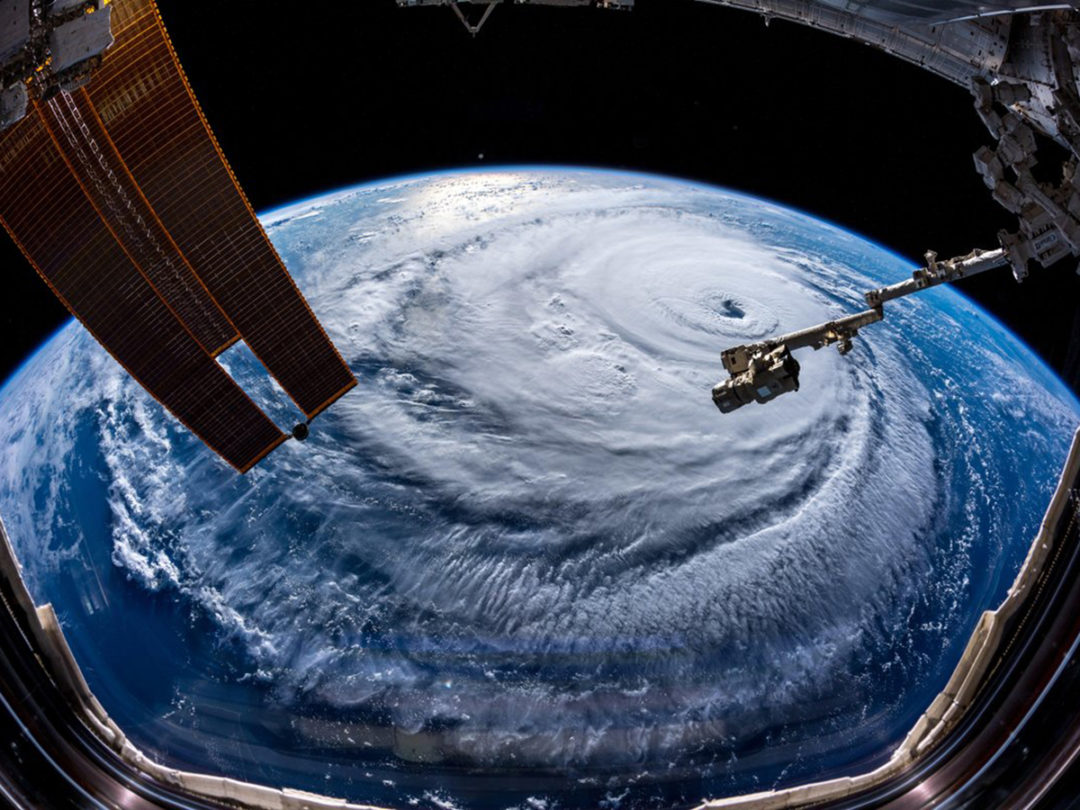
Visit Our Sponsors |
|
|
|
|
|
|
|
|
|
|
|
|
|
|
|
|
|
|
|
|
|
|
|
|
|
|
|
|
|
|
|
|
|
|
|
|
|
|
|
|
|
|
|
|
|
|
|
|
|
|
|
|
|
|
|
|
|
|
|
|

The storm’s track shifted overnight, aiming its fury at Wilmington, North Carolina, with landfall expected on Friday. Lowered to a Category 2 storm, the hurricane will still bring 105 miles-per-hour winds, enough to tear off roofs and topple trees. It is expected to head across South Carolina on Saturday, and then up through the Appalachians by next week.
With the storm’s eye still more than 100 miles from the coast, Florence has already caused $1bn in losses and could eventually cost $10bn to $20bn, said Chuck Watson, a disaster modeler with Enki Research. The tracking service FlightAware said more than 1,000 U.S. flights have been canceled, and Duke Energy Corp. said as many as 3 million customers may lose power.
“It doesn’t look like it will be a major hurricane,” said Anthony Chipriano, a meteorologist with Radiant Solutions in Gaithersburg, Maryland. “But despite that it doesn’t take away from the fact it is a very large and very dangerous system. The storm surge will be significant and the rainfall amounts won’t go away despite the winds not being as strong.”
Evacuees gather at Southeast Raleigh High School ahead of Hurricane Florence in Raleigh, North Carolina on Sept. 12.Photographer: Callaghan O’Hare/Bloomberg
As much as 40 inches of rain is predicted for some areas near the coast, with 24 inches expected deeper in-land.
A main concern for the region is its agriculture business. North Carolina ranks second among U.S. states in hogs inventory and second in producing broiler chickens. CoBank ACB, an agricultural lender, estimates damage to North Carolina farming could hit $1bn before the storm slows later this week.
RELATED CONTENT
RELATED VIDEOS
Timely, incisive articles delivered directly to your inbox.


